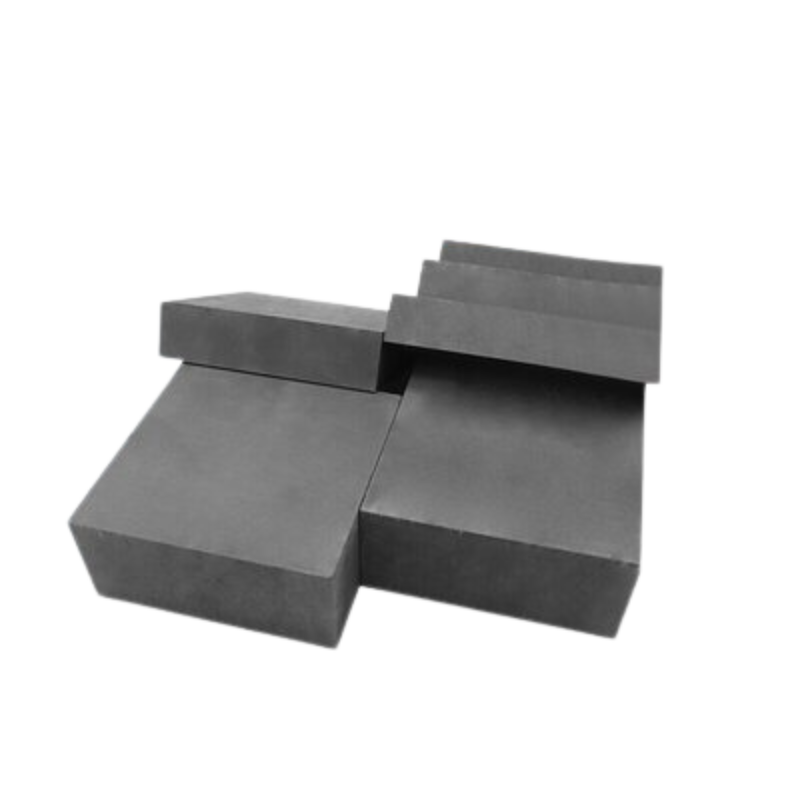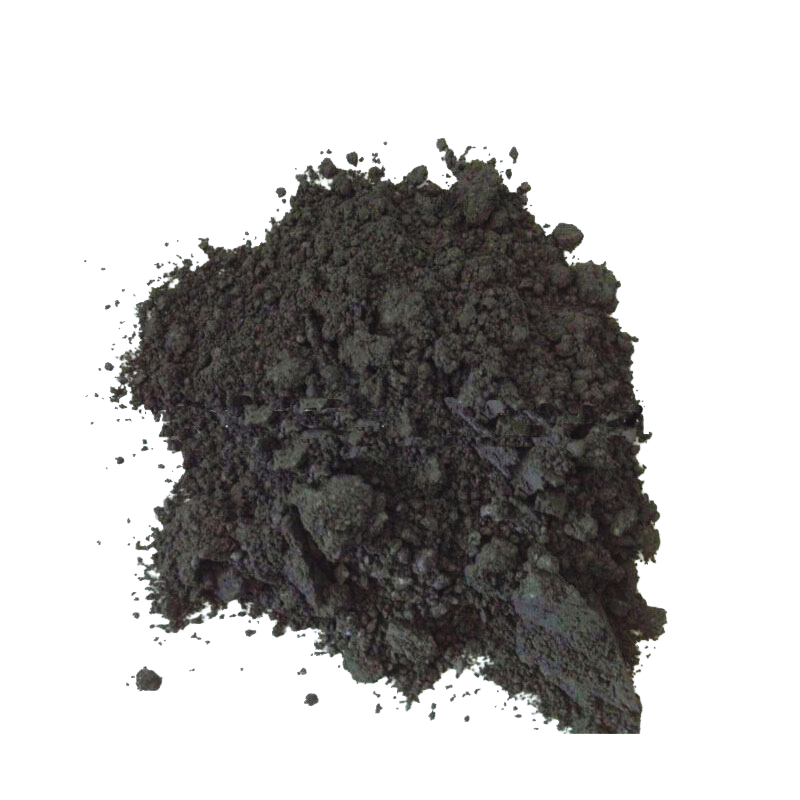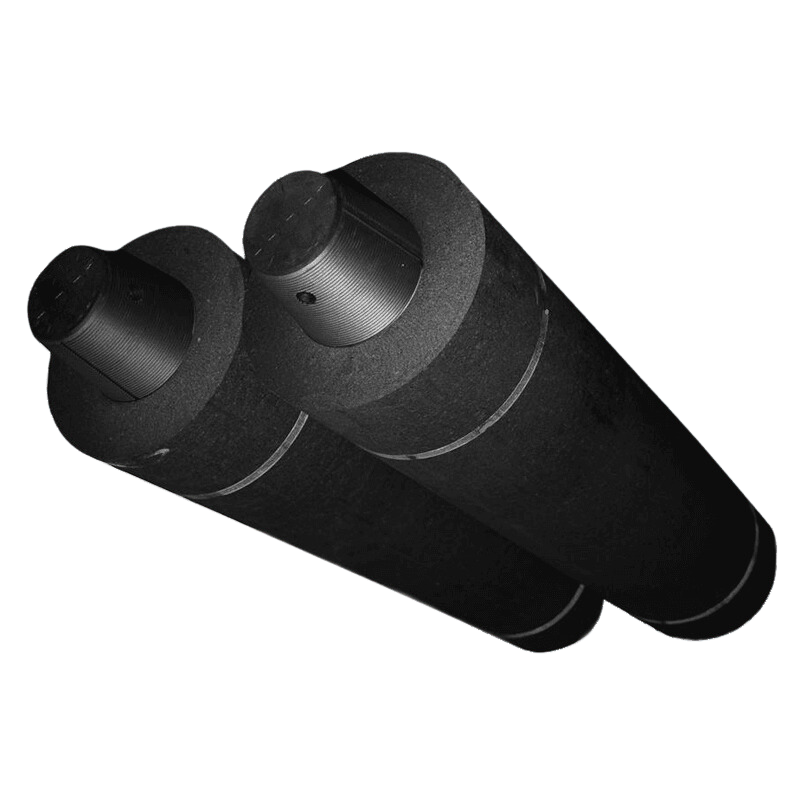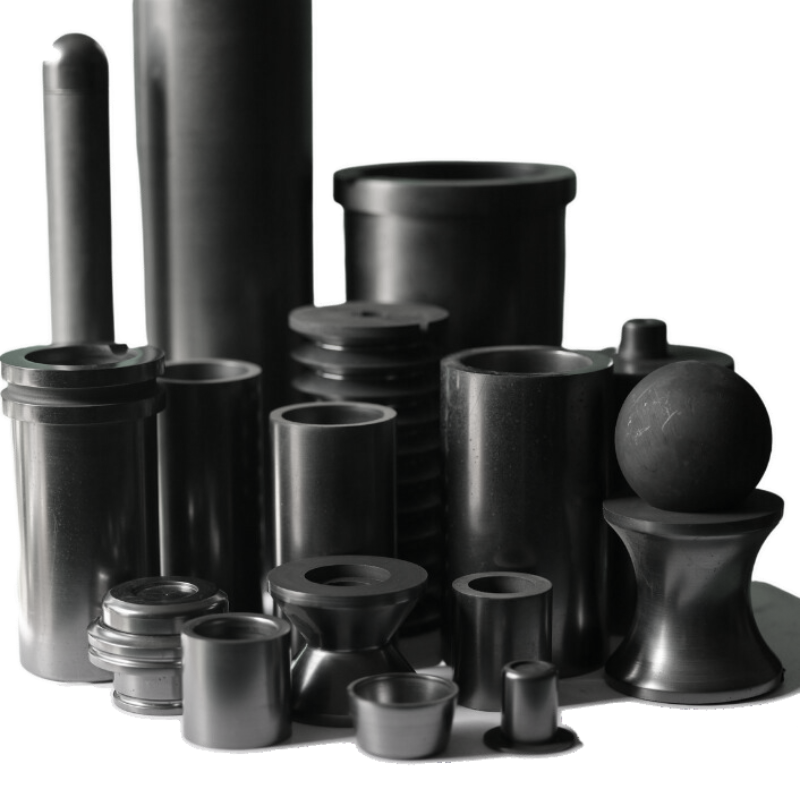Graphite molds play a pivotal role in various industries, serving as the backbone for precision manufacturing processes. To optimize their performance and extend their lifespan, surface modification techniques have become increasingly important. In this article, we will delve into the world of graphite molds, exploring the significance of surface modification and uncovering key techniques that elevate their functionality.
Understanding the Role of Graphite Molds:
Before we delve into surface modification, it’s crucial to understand the essential role graphite molds play in manufacturing. Graphite, with its unique combination of high thermal conductivity, low coefficient of thermal expansion, and chemical inertness, has become the material of choice for molds. These molds are used in processes ranging from metal casting to glass forming, where precision and repeatability are paramount.
Challenges in Graphite Mold Performance:
Despite their many advantages, graphite molds face challenges that can impact their performance over time. Issues such as wear and tear, thermal shock, and chemical reactions with molten materials can lead to a decline in mold quality. This is where surface modification techniques come into play, providing solutions to enhance the durability and functionality of graphite molds.
Key Surface Modification Techniques:
1.Coating Technologies: Applying protective coatings on the surface of graphite molds is a widely adopted technique. These coatings serve as a barrier, shielding the mold from harsh conditions and preventing unwanted reactions with the materials being molded. Common coatings include refractory materials, ceramics, and specialized polymers.
Integrating a ceramic coating onto the graphite mold surface introduces an additional layer of hardness and resistance to wear, ensuring a prolonged mold lifespan.
2.Chemical Vapor Deposition (CVD): CVD is a sophisticated technique that involves the deposition of thin films onto the graphite mold surface. This process enhances surface properties by introducing materials with desirable characteristics, such as improved hardness or reduced friction. The controlled nature of CVD allows for precise modifications tailored to specific manufacturing requirements.
By employing CVD, manufacturers can tailor the surface properties of graphite molds to meet the unique demands of their respective industries, optimizing performance in a targeted manner.
3.Diamond-Like Carbon (DLC) Coatings: DLC coatings are a subset of amorphous carbon coatings known for their exceptional hardness and low friction properties. These coatings not only protect the graphite mold from wear but also reduce the likelihood of materials sticking to the mold surface. DLC coatings find applications in high-precision molding processes where minimal friction and high wear resistance are crucial.
Incorporating DLC coatings into the surface modification strategy of graphite molds enhances their performance in applications requiring precision and minimal material adhesion.
4.Surface Nitriding: Nitriding involves introducing nitrogen into the surface of the graphite mold, forming nitrides that enhance hardness and wear resistance. This thermochemical process alters the surface microstructure, creating a robust barrier against wear and improving overall mold performance.
Surface nitriding is particularly effective in applications where graphite molds are subjected to high temperatures and abrasive materials, providing an added layer of protection.
Conclusion:
Surface modification techniques play a pivotal role in overcoming challenges faced by graphite molds in various manufacturing processes. From protective coatings to advanced deposition methods, each technique brings its unique set of advantages to the table. Manufacturers seeking to optimize their graphite mold performance can leverage these techniques to ensure precision, durability, and efficiency in their operations. As industries continue to evolve, so too will the innovative surface modification techniques that enhance the capabilities of graphite molds.





